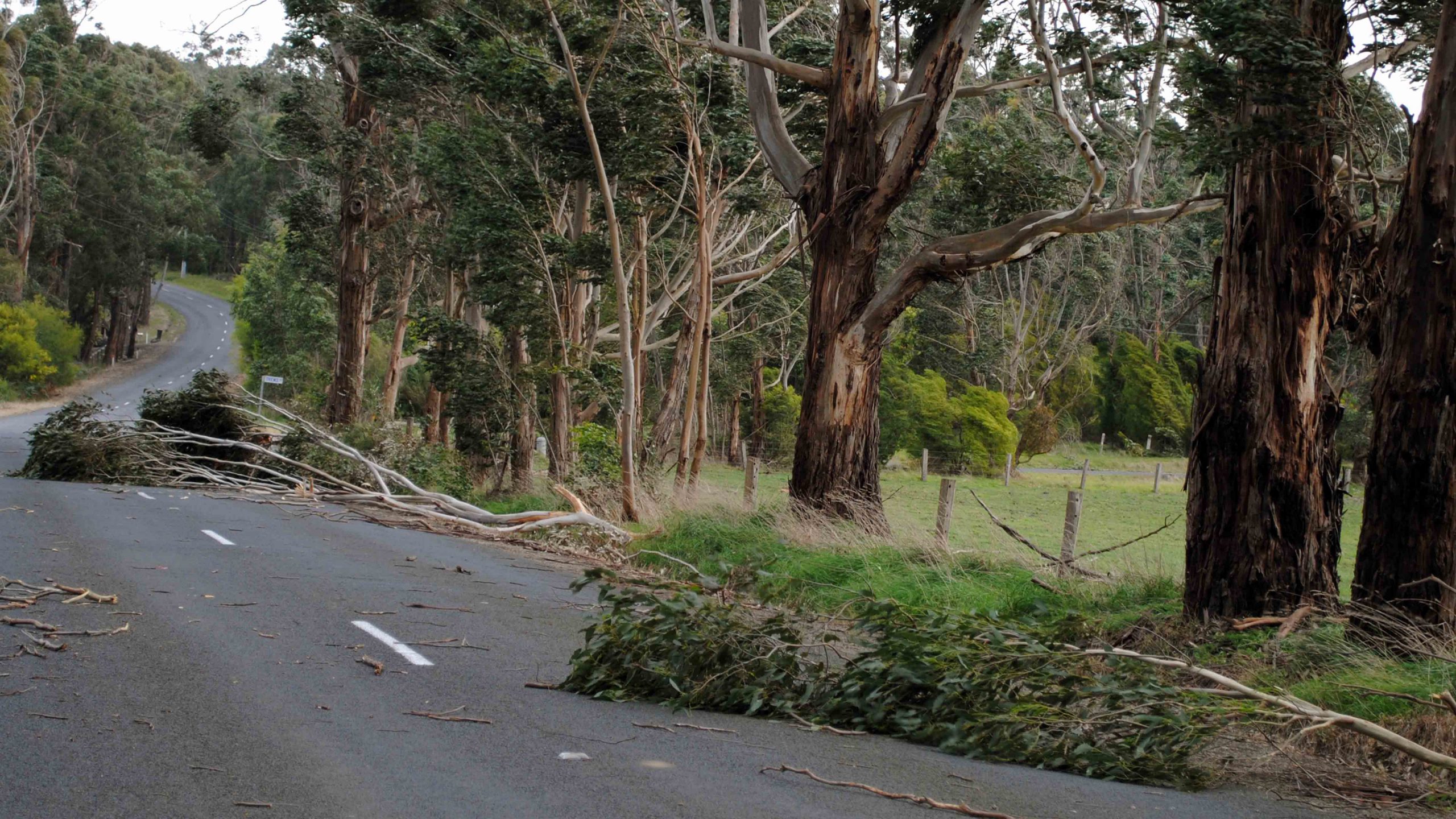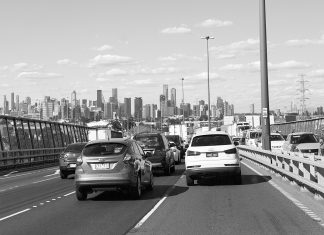A SEVERE weather warning has been issued by the Bureau of Meteorology for every forecast district, with widespread damaging winds including gusts of up to 100km/h expected to develop across most of Victoria from this morning (October 22).
Locations which may be affected include Horsham, Warrnambool, Bendigo, Shepparton, Seymour, Maryborough, Ballarat, Geelong, Melbourne, Wangaratta, Traralgon and Bairnsdale.
Destructive gusts of up to 130km/h are possible in coastal areas west of Cape Otway during the late morning and early afternoon.
WorkSafe Chief Health and Safety Officer Sam Jenkin warned employers, especially those in the construction industry, that strong winds were a workplace hazard and should be treated with the same care as any other serious risk.
“When winds pick up, unsecured materials and unstable structures can collapse, crush or strike workers and members of the public,” Mr Jenkin said. “Every site needs a clear strategy for managing severe weather so tools, materials and debris don’t become flying hazards.”
“Duty holders should put their safety plans into action now – securing sites, reinforcing temporary structures and scaffolding, and rescheduling outdoor or high-risk work until conditions ease.”
Mr Jenkin said cranes were particularly vulnerable to tip-overs or structural damage during severe weather events and should be secured with anchoring systems if they can’t be safely operated within their manufacturer-specified wind ratings.
“Workers and members of the public were lucky to avoid injury when a tower crane collapsed in similar conditions on a Derrimut construction site in August, bringing down power lines and causing extensive damage,” he said.
“This shows how quickly things can go wrong and the importance of following manufacturer instructions for stowage or configuration of cranes during high winds like we’re expecting across the state today.”
WorkSafe continues to investigate the incident.
Tips for working safely in windy conditions:
- Keep the worksite clean, securing objects that could become airborne.
- Examine and strengthen structures to ensure they will remain standing during strong winds.
- Secure scaffolding and other temporary structures so they can’t be blown over.
- Secure inactive cranes with anchoring systems if they can’t be safely operated within their manufacturer specified wind ratings.
- Where possible, re-schedule work until conditions improve (e.g. cease crane operations until wind speeds turn to acceptable levels).
- Where work proceeds, wear eye protection to stop dust and debris from blowing into the eyes.
- Wear fall protection and secure ladders at the top and bottom.
- Be careful when handling large flat items, such as signs, as they can act as a sail.
Employers should refer to the Severe Weather Warning issued by the Bureau of Meteorology for the most up-to-date information.











